Pakistani cuisine offers an unforgettable culinary journey, full of diverse tastes and rich in tradition and culture. It provides a delectable culinary experience that will satisfy even the pickiest eater. Filled with heat, spice, richness, and sweetness - its cuisine stands alone as something truly unforgettable.
Meat plays an essential part in Pakistani cuisine, with lamb and mutton being especially prominent ingredients used for dishes like nihari or karahi. Chicken dishes such as tikka masala or seekh kebab may also be found commonly.
Pakistan stands out among South Asian countries by eating salad with every main course, particularly those served from the countryside such as vegetables. Common vegetables eaten include bitter gourd, cauliflower, okra, and potato.
Pakistani desserts typically include kheer, which is composed of milk, sugar, and cream and typically seasoned with whole spices such as green cardamom before being garnished with nuts or other dried fruits. Kheer has become an Eid ul-Fitr tradition as well as other festivals throughout Pakistan.
Moreover, Roti is another staple food eaten often as part of Pakistani meals and often contains various combinations of egg, cheese, and vegetables within its doughy pockets. While Nihari became an indispensable dish after 1947 from Old Delhi.
Nihari is widely believed to be Pakistan's national dish, made with beef, mutton, or lamb stew with an exquisite flavorful depth you can taste in every mouthful!
Pakistan's food scene offers an impressively varied and flavorful selection of culinary delights that have been enjoyed for centuries. Pakistan is a cultural melting pot that is evident in its cuisine; you'll find dishes from across the globe here as well as traditional favorites made with ingredients like bitter gourd, eggplant, okra potatoes rutabaga, and chili peppers that not only taste good but are healthy too!
Nihari
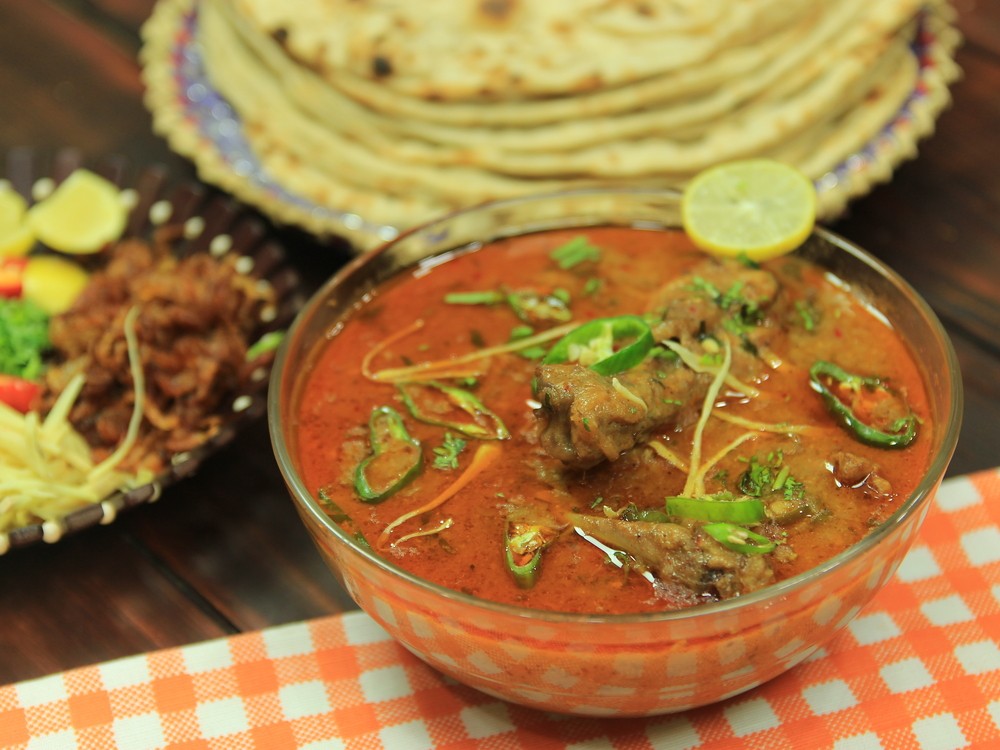
Nihari is a slow-cooked, flavorful beef stew from Pakistan's Mughal Era that is still served today as part of their breakfast repertoire. Common ingredients used to create this rich and satisfying treat are shank pieces from either beef or mutton as well as lamb and chicken options; enjoy with either roti or plain nan for optimal results!
To make Nihari, start by sauteeing garlic and onions until golden-brown in oil, adding meat and spices (known as Tarka) before simmering on low for 6-8 hours to allow collagen in bones to disintegrate into a thick and flavorful gravy that makes for a hearty meal that's ideal for lunch or dinner!
Magaz Nihari or Magaz Ka Saag stew is often enjoyed by soldiers and laborers due to its healthiness. Packed full of essential nutrients like iron and protein, magaz nihari provides an ideal way to increase one's daily vegetable consumption as well as protein consumption.
Before serving the dish, it's essential to add a thick flour paste. This thickener helps prevent wateriness while thickening up nihari. Traditional whole wheat flour such as atta can be used; alternatively, all-purpose flour can also be substituted.
Flour should be added gradually while stirring the stew to avoid lumps. You can add yogurt for a lighter and tartier flavor, before serving hot with garnishes such as julienned ginger and cilantro as well as drizzles of the saved stew oil - both can be enjoyed alone or accompanied with rice dishes! For easy storage later on, please keep all leftovers stored in airtight containers or zip-lock bags to preserve flavor.
Samosas

Samosas are a popular Pakistani snack that can be both savory and sweet. Their dough is composed of wheat flour and their filling can either be vegetarian-based or meaty - before being formed into triangular shapes for deep frying.
In comparison to pakoras, however, samosas tend to be larger with rounder shapes than typically found in pakoras - both can also be served warm or cold depending on preference.
The versatile samosa can be filled with any number of ingredients, from potatoes and meats to vegetables and cheese. Although traditionally filled with pre-cooked and mashed potatoes as the primary filling material, Daley suggests sauteed cubes or chunks can add a dimension of flavor that cannot be achieved using pre-cooked and mashed.
Furthermore, various spices can also be added according to personal taste - in addition to traditional aloo samosas many people also enjoy trying Keema samosas which use ground beef or lamb instead of potatoes!
Popular variants of samosa include cheese samosas, which consist of baked samosas filled with an extra filling of melted mozzarella cheese and coriander for an irresistibly tasty sweet, creamy, tangy treat - quickly becoming beloved among children as well as adults alike!
Ideal samosa chaat should be served while still hot. A hot samosa should be filled with delectable channa masala (chickpeas cooked in spicy masala gravy) and drizzled with mint yogurt chutney and imli chutney (tamarind sauce), before garnished with crushed papdi for an irresistibly crunchy experience.
Start by heating some deep-frying oil in a kadai or pan until it reaches medium temperature, not too hot or smoky. Test it by dropping in a small piece of dough: if it immediately rises back out again, your oil is ready.
Carefully drop three to four stuffed samosas into it until a pale golden hue appears - do not overcrowd the frying pan otherwise, this process won't go smoothly!
Fry the samosas until they reach golden brown and crispy texture before adding powdered sugar for a sweet crunch and serving them hot with chutneys or ketchup. For maximum flavor and aroma, use freshly grated onion, juicy green peas, and spices such as cumin seeds, turmeric, and cayenne pepper in their creation of delicious samosas!
Chicken Sajji
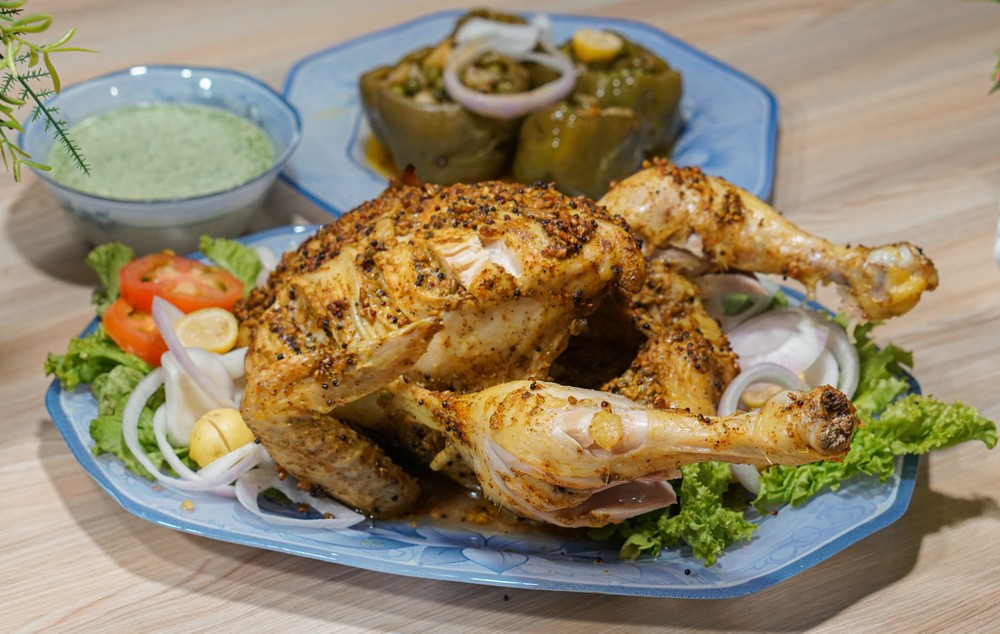
Chicken Sajji is an iconic Pakistani dish hailing from Balochistan's nomadic tribes and boasting rustic charm that captures their simple lifestyle. Traditional sajji involves lamb that has been rubbed with salt before being skewered over a fire and cooked all night to produce crispy on the outside but tender and juicy inside served with flat bread called Kaak for its distinctive smokey flavor.
Modern-day sajji utilizes chicken instead of lamb for optimal results and roasts to medium or well doneness, becoming popular street food throughout Pakistan. Although the preparation time is quicker, its flavor remains the same.
An effective sajji starts with its marinade. A great marinade should include garlic, salt, red chili powder, turmeric, ginger paste, and coriander powder - be sure to rub this mixture all over the chicken's cavity! For optimal results allow it to marinate for at least an hour before roasting.
Brining is also an essential step. Chicken should be submerged in water with some salt for 12 to 18 hours before being covered with its spice rub and patted dry with paper towels before covering itself completely in spices - both on its exterior and within its cavity.
Once the chicken has been seasoned, it should be placed in a preheated pan that has a medium flame, covered with aluminum foil, and placed inside a steel vessel or wire stand in its middle for approximately 60 minutes. After cooling for some time, remove it from the pateela and arrange it on a platter along with spread-out cooked rice all around it; be sure to include some in its cavity for garnish!
Rice Pudding

Rice pudding is an indulgent treat that is enjoyed both hot and cold. This dessert usually combines milk, sugar, raisins or currants, and vanilla or other flavors into its making before being sprinkled with cinnamon to complete its look. Rice pudding makes an ideal festive dessert option during holidays such as Christmas; its versatility also makes it a popular breakfast fare.
Step one in making rice pudding involves cooking the grains. A heavy-bottomed saucepan set at medium-high temperature should do just fine; once added to milk, starches released by the grain will create a creamy texture without needing thickening agents like cornstarch or eggs to thicken it further. After this stage is completed, sugar may be added before being sweetened further or spiced depending on which variation is being prepared.
Next, the mixture is stirred and brought to a simmer, and sugar begins dissolving and flavors emerge. For optimal results, be sure to frequently stir your pudding mixture and remove it from heat once it starts boiling to prevent the burning of sugar and creating undesirable hard skin on top of your pudding!
After your rice has been cooked and the mixture has thickened, remove it from the heat and combine all remaining ingredients into it by stirring. Raisins should typically be added now; other dried fruits can also be substituted if desired.
Once completed, serve immediately or store for up to three days in an airtight container in your refrigerator before freezing; it can later be defrosted before eating!
Pickles
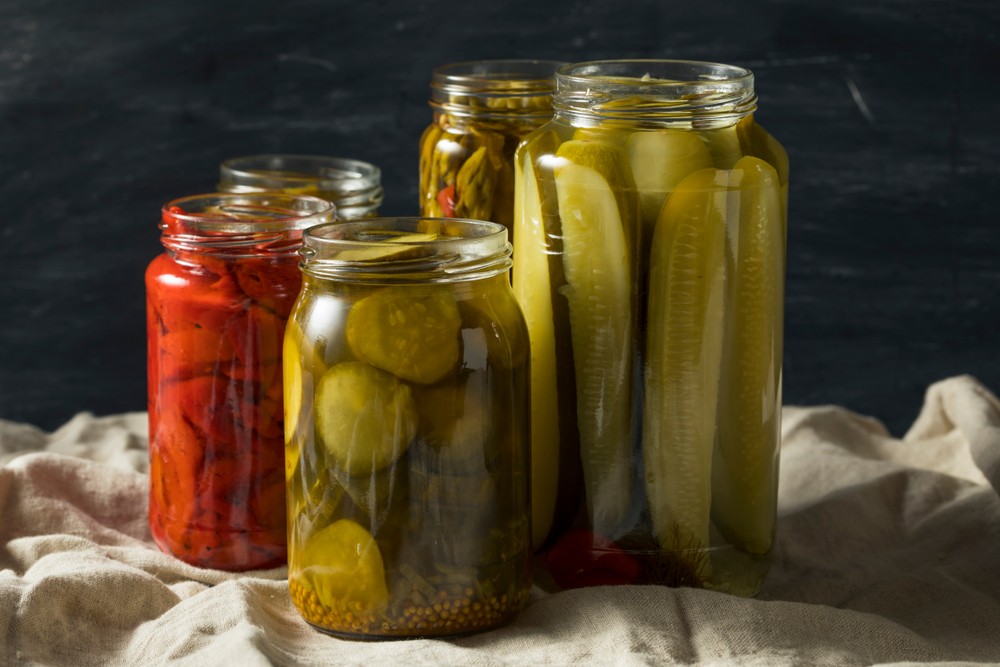
Pickles are typically salt-based recipes that combine vegetables, fruits, herbs, and spices with vinegar or saltwater brine for several days before being stored until consumption. Healthy bacteria in the fermenting process break down natural sugars to produce their characteristic tangy taste; vinegar serves as a common preservative while granulated sugar may also be added to sweeten the tart flavor further. Additional flavors such as dill weed, horseradish, garlic, or mustard seed may be included to further customize each pickle variety.
Biryani

Biryani is an iconic Pakistani dish combining rice and spices. Originating in Mughal Dynasty India, biryani has since become an important part of South Asian culture and cuisine. Consisting of layers of cooked rice layered with pieces of meat or vegetables and served alongside raita (a yogurt dip made with cucumbers and other vegetables), biryani often comes served alongside mango pickles, lemon pickles, and vegetable pickles to complete its tasteful presentation.
To prepare biryani, you will require the following ingredients: Basmati rice (preferred), Vegetable oil, Garam masala, red chili powder, ground cumin seeds, and turmeric. A large cooking pot or oven-safe dish is necessary.
Ghee is the recommended cooking oil; however, vegetable oil will work just as well. Begin by heating the ghee in a large pot over medium to low heat before adding your onion slices and sauteing until caramelization occurs - approximately 15-20 minutes should do the trick. Transfer these onions to another bowl once finished cooking and set them aside.
Now it is time to make the spice mixture. Combine all of your spices in a bowl and stir thoroughly, ensuring a complete mix. Additionally, you will require: An ice water basin will come in handy for cooling the spices down, helping prevent your hands from being scorched when handling such hot spices.
Biryanis are typically composed of layers of rice, marinated meats, and any additional vegetables which have been partially ("three-quarters") cooked before being combined into layers in a cooking vessel. Finally, the top layer is covered in dissolved saffron before being garnished with fried onions for decoration.
Biryani requires boneless, bite-sized chicken pieces. For best results, use high-quality, antibiotic-free poultry with plenty of seasoning for an authentic taste in your finished dish. Once your chicken has been marinated, gather all the other ingredients.
Combine soaked rice with a spice mixture before spreading half in an even layer in a baking dish. Next add chicken, sauce, and garnishes such as cilantro, mint leaves, and remaining fried onions before topping off your creation with another tablespoon of garam masala and some sprigs of saffron for decoration.
Aloo Gosht
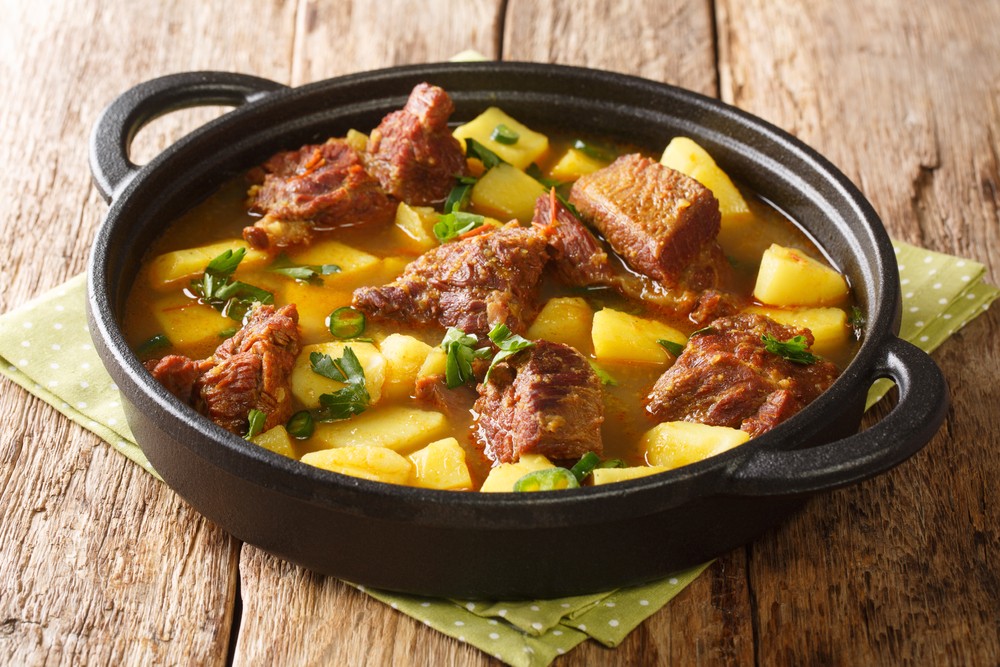
Aloo Gosht is a Pakistani meat and potato curry traditionally prepared using goat, but other meat such as lamb or beef may also be substituted. This delectable dish makes an ideal pairing with rice, naan, or parathas - its key lies in using quality ingredients without turning out a watery broth instead of creating an aromatic and delicious meat curry!
Spices and herbs play a key role in creating this dish, with variations including cloves, black cardamom, bay leaves, garlic or ginger paste, coriander powder, and turmeric powder as common components. Best of all is that this recipe can easily be created at home using all of these elements and an appropriate preparation method.
This stew-like dish is created by simmering onions, garlic, and ginger with tomatoes, whole spices, powdered spices, and oil in a sauce to produce an aromatic broth which then mixes with potatoes for serving. A popular staple across Pakistani, North Indian, and Bangladeshi cuisines. Often enjoyed with either naan bread or rice as its accompaniment.
Aloo Gosht should be made until both meat and potatoes are soft and soaked with sauce, making a tasty dish. Pressure cooking is ideal; however, you can still make this delectable meal by slow cooking on your stovetop for 45-60 minutes.
Aloo Gosht is an immensely satisfying Pakistani dish that is sure to become one of your favorites! Simply season the dish with salt and pepper before it's time for service, adding a tablespoon of lemon juice for extra zest. Aloo Gosht will certainly become one of your go-to Pakistani recipes!
Make this delicious recipe when you want something filling and satisfying for any special occasion, guaranteed to please the whole table. Just ensure to use high-quality ingredients and follow cooking directions correctly - only then will you get an outstanding outcome.
Chapli Kebab
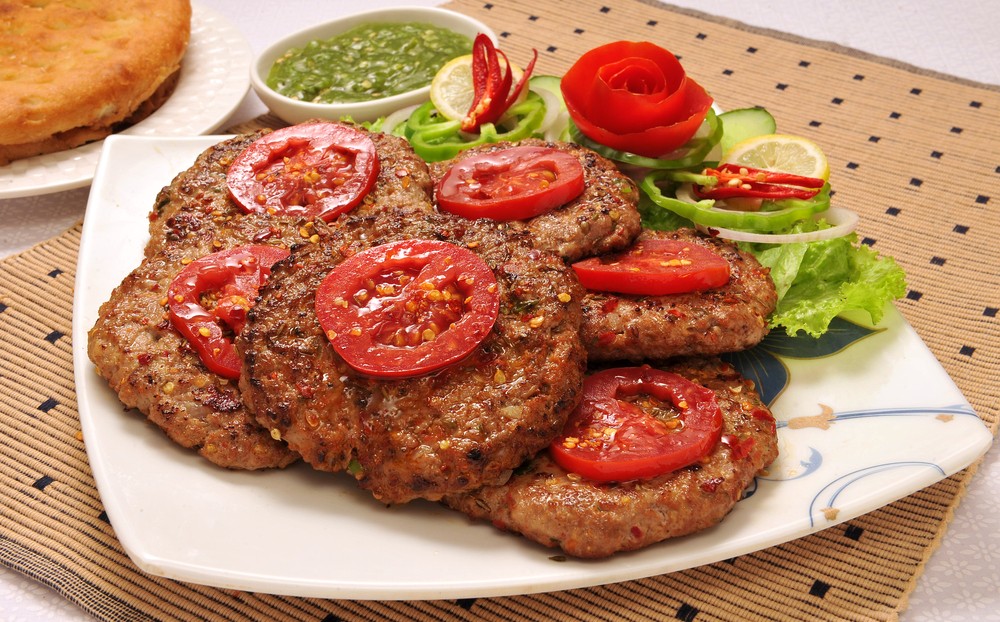
This delicious delicacy from Pakistan's northwestern region (formerly NWFP) can be found at restaurants nationwide. Crafted with beef and various spices, and typically served alongside chutney and onions. People of all ages enjoy eating this popular dish that's easily prepared at home.
Chapli Kebab, a popular street food combines ground meat and spices in a delicious mix, mixed into dough before being formed into patties for deep frying in oil. The result is a flavor-rich kebab perfect for dunking into mint raita or eating with naan bread!
Kebabs made with mutton are available alongside chicken and lamb options, but mutton remains the go-to meat as its delicate flavors make for great kabab creation. It also boasts richer textures than its counterparts - perfect for creating these tantalizing snacks!
Another essential ingredient is an egg, which plays a critical role in binding together the mutton and keeping it from disintegrating during frying. Furthermore, they add moisture and flavor to kebabs necessary for their success. Finally, coriander and pomegranate seeds add additional flavors and crunch.
Haleem
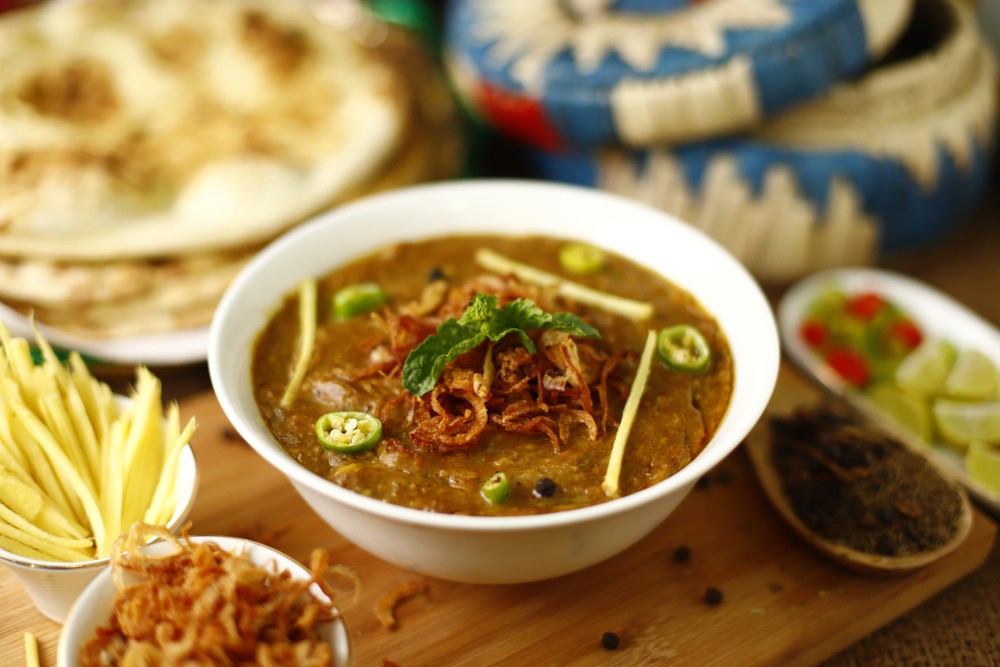
Haleem is an iconic Pakistani dish comprised of barley and local wheat varieties cooked slowly over firewood for at least 6-8 hours, then spiced and garnished with lemon juice before finally topped with more herbs for seasoning.
A true reflection of Middle Eastern influence, this slow-cooker requires at least one person constantly stirring; typically served topped with all varieties of spices before finally finishing up in lemon juice as the final touch! A staple on both restaurant menus as well as at home across Pakistan!
Halwa Puri

Another staple and popular national food of Pakistan, Halwa Puri is one of its national dishes. Made up of sesame seeds, sugar, egg whites, and lentils for extra nutrients and flavor - often served alongside roti - and often enjoyed as dessert too!
The Halwa Puri puffs up when submerged. It is a popular Pakistani dessert featuring sweet flatbread covered with spicy mustard seed-ghee sauce; ideal with either roti or naan!
Gilgit-Baltistan Province offers this delightful breakfast staple as part of their culture and cuisine, situated along the Pamir Mountains and home to hearty meals like Halwa Puri: thin pancake-like pieces submerged in hot oil or ghee.
Harisa
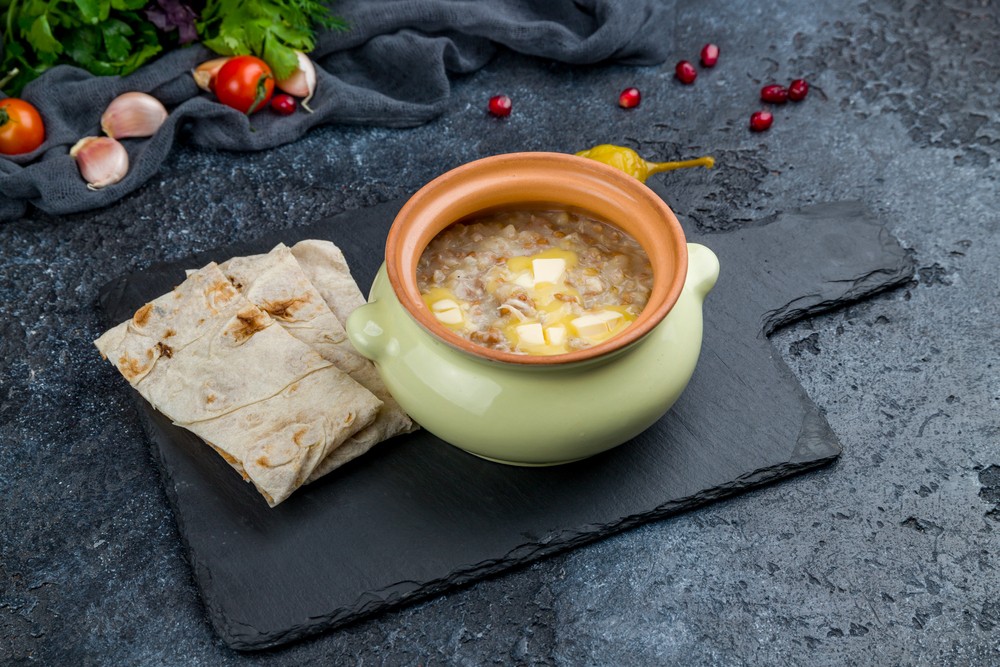
Harisa (pronounced Harish-sa) is one of Pakistan's national foods and contains predominantly beef and lentils; similar to Armenia's "keskek", which features stewed meat topped with coarsely ground wheat and soaked lentils, Harissa may originate in Central Asia although many historians attribute its rise in popularity with Pakistani cuisine and culture.
Harisa is Pakistan's national food, yet has long been enjoyed across many regions of Pakistan. Popular among Punjab and Sindh regions as well as larger urban centers; though not as popular in Balochistan or KPK, Harisa remains a daily meal for many Pakistanis and should certainly make its way onto your table to experience all its rich flavors! For an authentic yet delicious Pakistani dining experience try Harisa!
Mutton Sajji

Mutton Sajji is an ancient dish, composed of marinated and slowly-roasted lamb or mutton marinated with spices for hours, then served with rice cooked inside and often garnished with salad leaves or bread or roti as side items.
Some regions in Pakistan prepare this traditional meal using chicken instead, often served alongside its equivalent rice accompaniment.
Mutton Sajji is a delicious dish to share with family and friends, whether as the main course for an intimate gathering or shared at an outdoor celebration. Popular throughout Pakistan, Mutton Sajji involves roasting the meat until tender before stewing it until its juicer texture.
Many enjoy pairing this delicious treat with either naan bread or rice for maximum enjoyment! This popular meal can even be considered part of Pakistan's national food as other similar meat dishes are eaten, like Mutton Korma which features tender chunks of tender chunks covered by a dark red blend of spices for even further indulgent pleasure!
Sabzi Roti
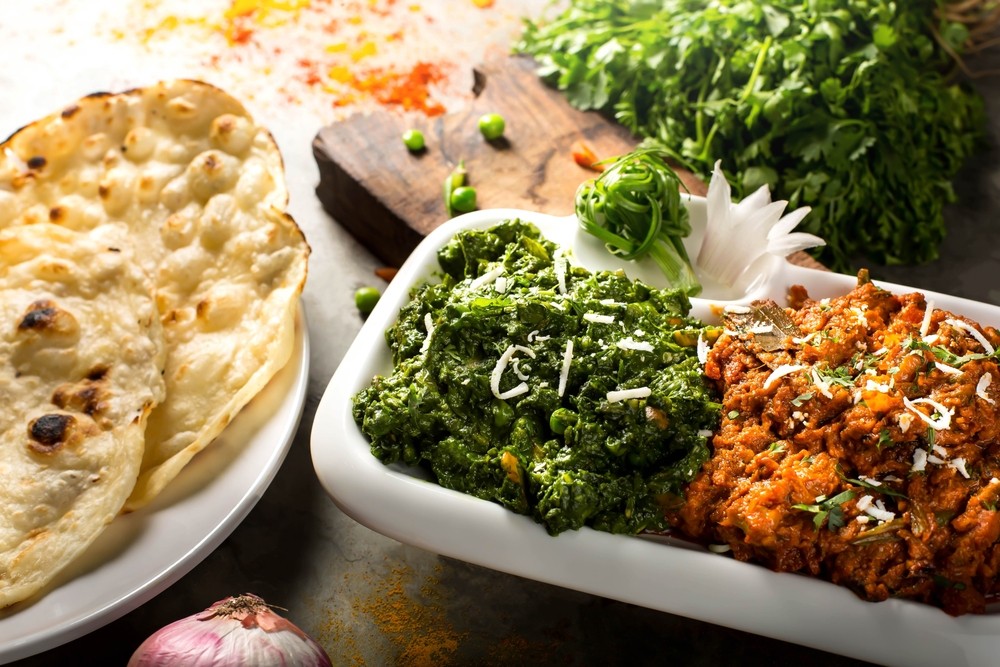
In the past, traditional Pakistani dishes included goat or lamb. Meals typically consisted of rice, flattened bread, or staple wheat bread as staple foods.
Nowadays, however, the most popular meals in Pakistan tend to be vegetarian-based dishes; one such example is Sabzi. Served alongside either rice or roti with an accompaniment of ghee; makke ki roti (cornmeal flatbread made on an open flame) is another staple dish typically enjoyed alongside Sabzi.
Pakistani food is world-renowned, and one of its signature dishes is sabzi roti. This delicious meal combines vegetables such as cauliflower, peas, potatoes, aubergine, and ladyfingers into an irresistibly satisfying dish that will surely please any appetite - perfect as an appetizer or main course!
Zarda
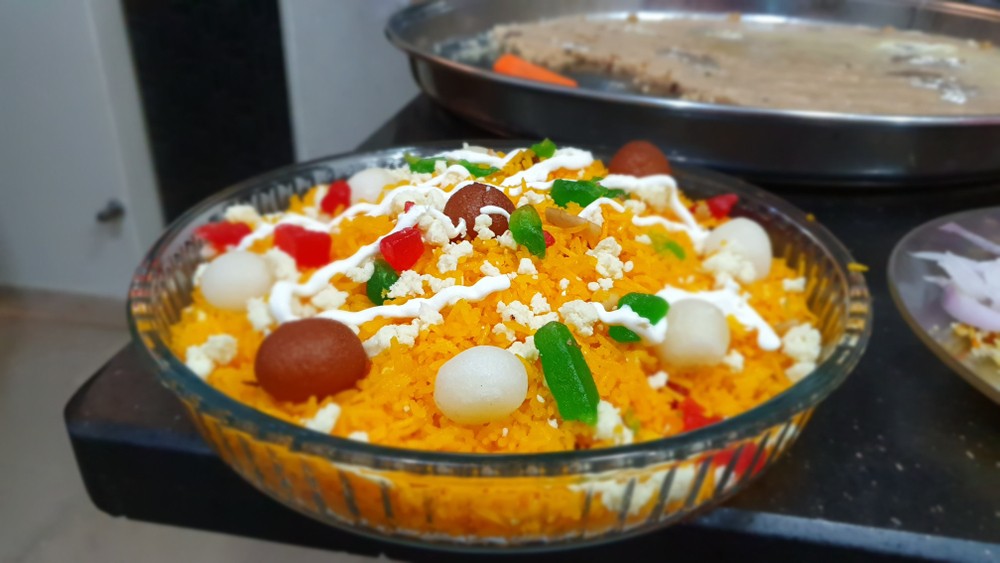
The dessert has long been part of Pakistani culture. A rich sweet dish, Zarda is often included at celebrations including marriages and festivals in Pakistani celebrations such as marriage.
The name comes from the Persian "zard," meaning yellow which refers to its delicious yellow color that perfectly highlights sweet rice dishes like Zarda. As well as having delicious taste qualities it also plays an integral role in Pakistani cultural traditions and festivals.
One of the national foods of Pakistan, Zarda is an exquisite rice dish composed of cardamom, nuts, raisins, and khoya; many also add sugar as part of the process - some people while boiling the water while others when adding raisins and khoya later on. Whatever form it takes in terms of sweetness or savory-ness it offers comforting food that leaves one feeling fulfilled and satisfied!
Zarda, often made with lentils and spices that can be transformed into spicy curries, is widely enjoyed throughout Pakistan as an authentic traditional cuisine from the subcontinent and is an absolute must-try! This hearty foodie treat should not be missed!
Chicken Tikka

Although its origins may be exotic, Chicken Tikka has quickly become one of the national dishes of Pakistan. Classic recipes call for large chunks of chicken cooked in spicy curries before cutting up into smaller pieces with bones removed - Mughal Emperor Babar insisted instead on chicken being marinated with yogurt and aromatic spices and then skewered and grilled before being enjoyed with rice and naan bread as side dishes.
Chicken Tikka, one of the signature dishes from both Indian and Pakistani cuisines, remains internationally popular. Pakistan was heavily influenced by both Indian and Bangladesh cultures during its creation; boneless tikka cutlets date back to the Babur of Ferghana Valley days; since then, numerous spices and marinades have evolved across different regions around the globe.
There have been various theories concerning the origins of chicken tikka masala. Some claim its invention occurred at an Indian restaurant in Glasgow while others assert it began among the British Bangladeshi community.
According to Rahul Varma, a food historian and expert on street foods from India, Rahul believes it evolved as an adaptation from traditional chicken curry recipes which combined British and Indian techniques of cuisine into one dish.
Beef Kebab

If you have ever visited Pakistan, chances are good you have enjoyed a beef kebab. Dating back centuries and consumed by ancient Kings to nomad herders; even street vendors offer them as street food or roadside BBQ offerings!
While not considered the healthiest cuisine available today, kebabs remain deliciously satisfying dishes to be sure. And with the diversity among ethnic groups within its borders - one is bound to match your palette perfectly!
Beef Kebab remains the go-to dish in Pakistan, though other types of Kebabs such as Seekh, Shami, and Gobi Kebabs also exist. Baluchistan serves almost identical versions to Afghan Kebabs; except that its seasoning consists solely of coriander and salt; Karachi Kebabs come served up spicy with Naan bread and pickled red onions as an addition.
National Desserts
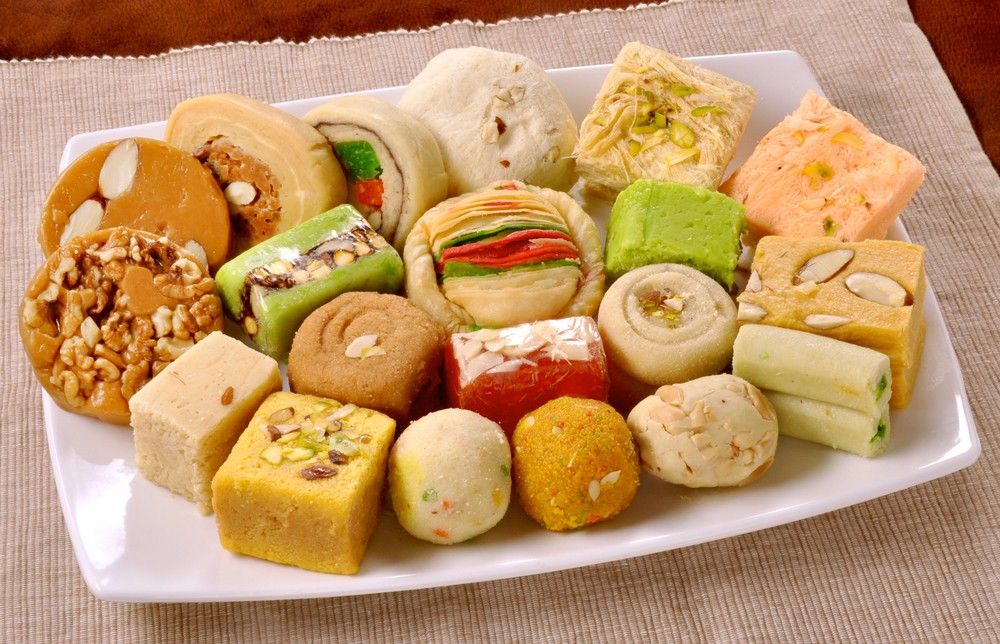
Pakistani cuisine also includes an abundance of sweets and desserts, which are popularly served at special events or weddings and can be eaten warm or chilled. Some popular choices are Kulfi (dairy-based ice cream that has long been enjoyed across India and Pakistan) mochi (rice cake) and of course the ice cream; Kulfi being an especially healthful version that can be added to Falooda as an additional layer for added enjoyment!
Gulab jamun has recently been declared the national dessert of Pakistan. This delectable treat made from milk, sugar, ghee, and nuts can be enjoyed both warm and cold and often comes with variations like saffron, cardamom, or pistachio.
Pakistani desserts typically include kheer, which is composed of milk, sugar, and cream and typically seasoned with whole spices such as green cardamom before being garnished with nuts or other dried fruits.



